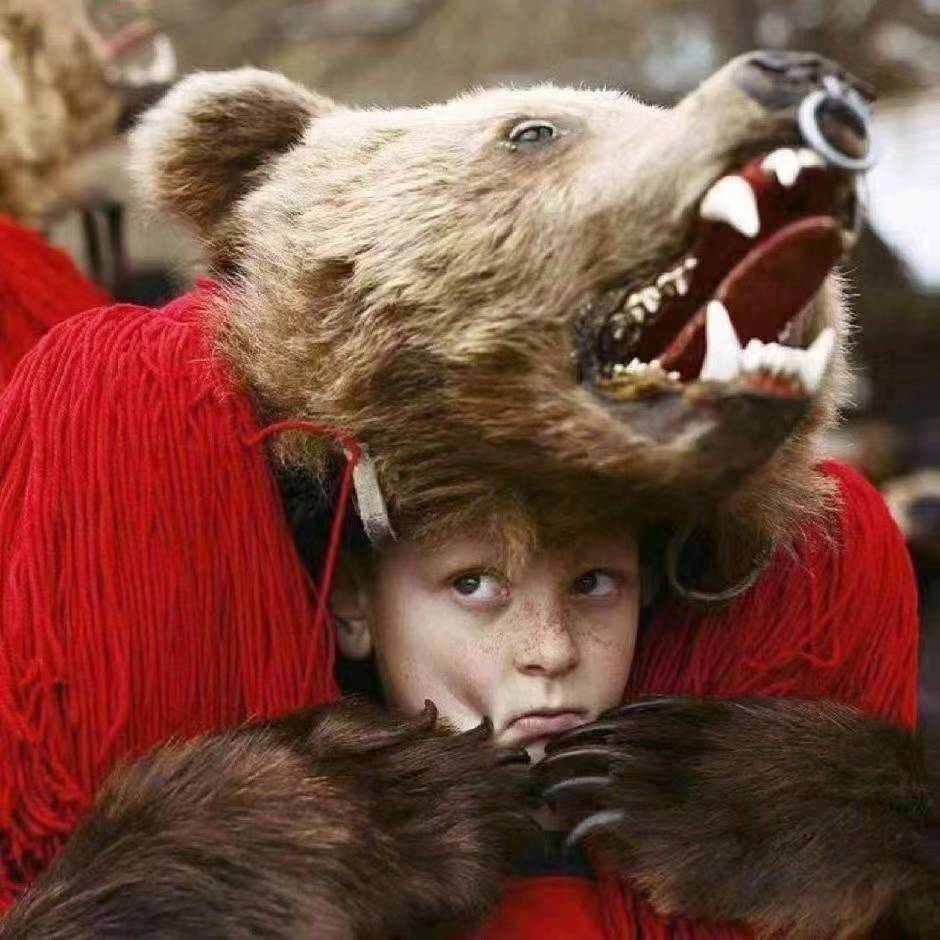NUS-CV summer school
Digital ../image/image Processing (Basics)
What is Digital ../image/image Processing?
The sequence of ../image/image processing to computer vision can be broken up into low-level, mid-level and high-level processes.
| Level | Input | Output | Example |
|---|---|---|---|
| low-level | ../image/image | ../image/image | Noise removal,../image/image sharpening |
| mid-level | ../image/image | Attributes | Object recognition,Segmentation |
| high-level | Attributes | Understanding | Scene understanding, Autonomous navigation |
Examples of DIP
- ../image/image Enhancement & Noise removal
- cameras/automated toll systems
- Law Enforcement
- Printed Circuit Board (PCB) inspection
- Industrial Inspection
- Geographic Information Systems
- edge detecion ../image/image(Take slice from MRI scan )
- Hubble’s ../image/images useless ../image/image processing techniques were used to fix this
- HCL:Try to make human computer interfaces more natural – Face recognition – Gesture recognition Does anyone remember the user interface from “Minority Report”? These tasks can be extremely difficult
Goal of ../image/image Processing
../image/image Processing quality assessment is largely subjective process
Typical mechanism: come up with a mathematical model/algorithm/process that makes the ../image/image appear desirable to the human observer
Optical Illusions
Key Stages of Digital ../image/image Processing
- ../image/image Acquisition
- ../image/image Enhancement
- ../image/image Restoration
- ../image/image Compression
- Morphological Processing
- ../image/image Segmentation
- Object Recognition
- Representation & Description
../image/image Restoration
1 pixel needs 8bits for restoration
../image/image Resolution
Intensity Level Resolution
Resolution: How Much Is Enough?
Histogram Processing
x axis: bins
y axis: values of the bins
Histogram equalization
../image/image Filtering
Fundamentals of ../image/image Filtering
../image/image Domain Transforms
Smoothing Filters
Gaussian Filters
Box Filters
Linear spatial filter
Average value of the neighborhood of the current pixel.
Also known as averaging filters or lowpass filters
Median Filter
Median filter
particularly effective in the presence of impulse noise (salt and pepper noise)
Max/Min filter : replace the input value with the maximum/minimum in its neighborhood
Sharpening Filters
Unsharp Masking & Highboost Filtering
../image/image Sharpening using Laplacian
Edge Detection
Gradient of ../image/image
The simplest approximation of a first-order derivative that satisfy all the conditions are
gx=f(x+1,y)-f(x,y)
gy=f(x,y+1)-f(x,y)
Sobel’s Edge Detection
Summary
- Applications of Digital ../image/image Processing
- Key stages in Digital ../image/image Processing
- Digital ../image/image Formation & Representation
- ../image/image transformations & operations
- Histogram processing
- ../image/image Filtering Basics
- Edge detections
ML
- Traditional Programming: Data + Rules = Answers
- Machine Learning: ANswers + Data = Rules
Features and Classifier Algorithms
Feature
- Edges
- Color
- Shape
- Texture
- Histogram of Oriented Gradients (HOG)
- Local Binary Pattern (LBP)
- Wavelets
- FFT
classifier
- Bayes’ classifier
- Support Vector Machine (SVM)
- Artificial Neural Network (ANN)
- k-nearest neighbor (kNN)
- Decision Tree
- Adaboost
- Bayesian Network
k-Nearest Neighbor (kNN) Algorithm
- What is kNN Algorithm?
- How does kNN work?
- What are similarity measures?
- What is feature scaling?
- How to choose the k-value?
- kNN for classification – Python code
What is kNN Algorithm?
This is the most simplest, easy to understand Classifier.
kNN is a supervised, non-parametric and lazy learning algorithm:
Supervised – need labeled training data
Non-parametric – no assumption made on the data distribution
Lazy learning – no need for training the data, hence no model generated
Key idea : find the k-most similar datapoints from the dataset.
kNN can be used for Classification and Regression tasks
How does KNN work?
- Step 1: Determine k = number of nearest neighbors
- Step 2: Calculate distance between new data and all - the training data
- Step 3: Sort the distance and determine the nearest neighbors based on the k minimum distances
- Step 4: Determine the class value of these k-nearest neighbors
- Step 5: Use simple majority of the class of nearest neighbors as the predicted class of the new data
Feature Scaling
Standardization: $𝑥′=((𝑥 −𝜇))/𝜎$
Normalization: $𝑥^′=(𝑥 −min(𝑥))/(max(𝑥)−min(𝑥) )$
How to choose the k-value?
- No structured method to find k-value: use trial-and-error
- Smaller k-value – sensitive to noisy data
- Larger k-value – makes computationally expensive
-Rule of thumb is k = sqrt(N), N – number of training data - Try to keep k-value as odd in order to avoid tie between two classes
Pros and Cons of k-NN
Pros:
- Algorithm is simple and easy to implement
- No training is required – new data can be added at any time.
Cons:
- Complexity: memory and computation time is higher
- Does not work well with large datasets
- Does not work well with high dimension
Local Binary Pattern (LBP)

Histogram of Oriented Gradient (HoG)
- HoG features focus on structure or the shape of an - object
- HoG is based on Gradient and direction of edges in ../image/image
- Gradient and directions are calculated for localized blocks
- HOG would generate a Histogram for each of the localized blocks
- The histograms are created using the gradients and orientations of the pixel values – ‘Histogram of Oriented Gradients’
Performance Metrics for Classifiers
- Accuracy = (TP+TN)/(TP+FP+FN+TN)
- Precision = TP/(TP+FP)
- Recall = TP/(TP+FN)
- F1 Score = 2(Recall Precision) / (Recall + Precision)
- Support = number of occurrences of each class in original y value from the dataset
k-fold Cross Validation

Leave-one-out Cross Validation

summary
Classification means assigning class label to input pattern.
Choosing features is an art!
Given the right features, many classifiers work equally well.
Some classifiers require long learning time
Evaluating a classifier on a test set is an important part of determining its performance.

